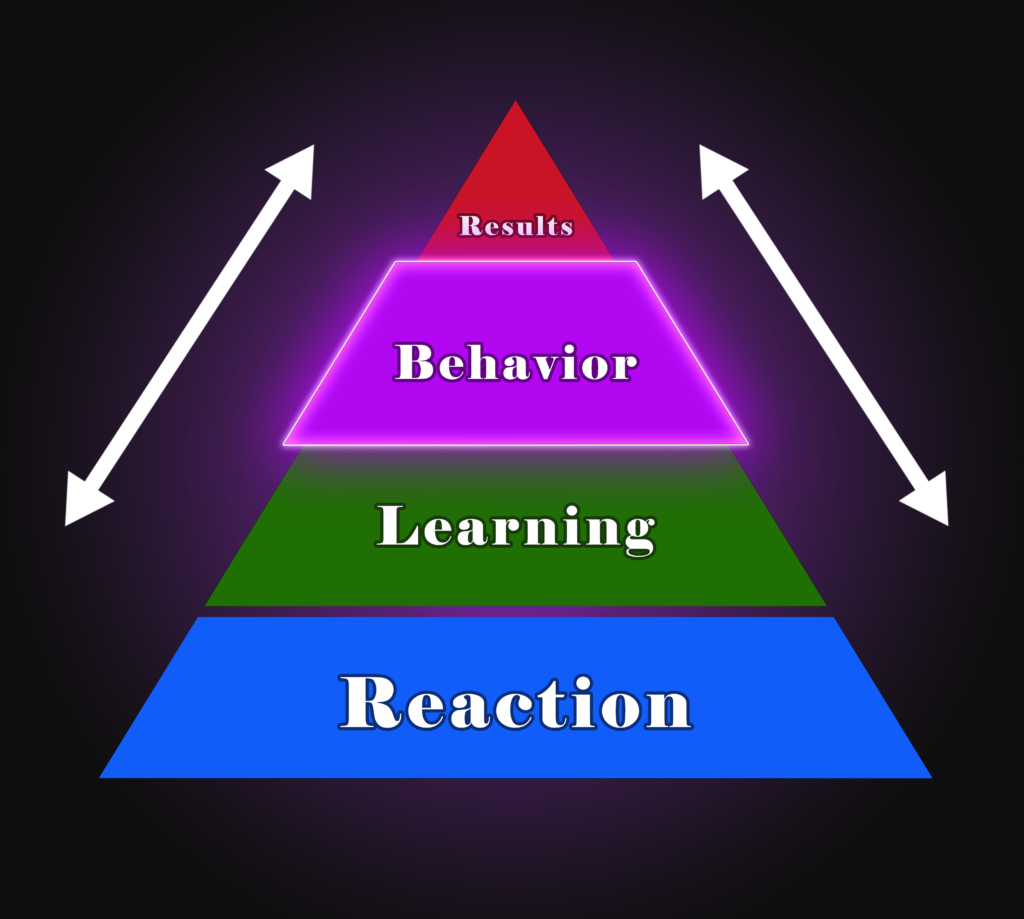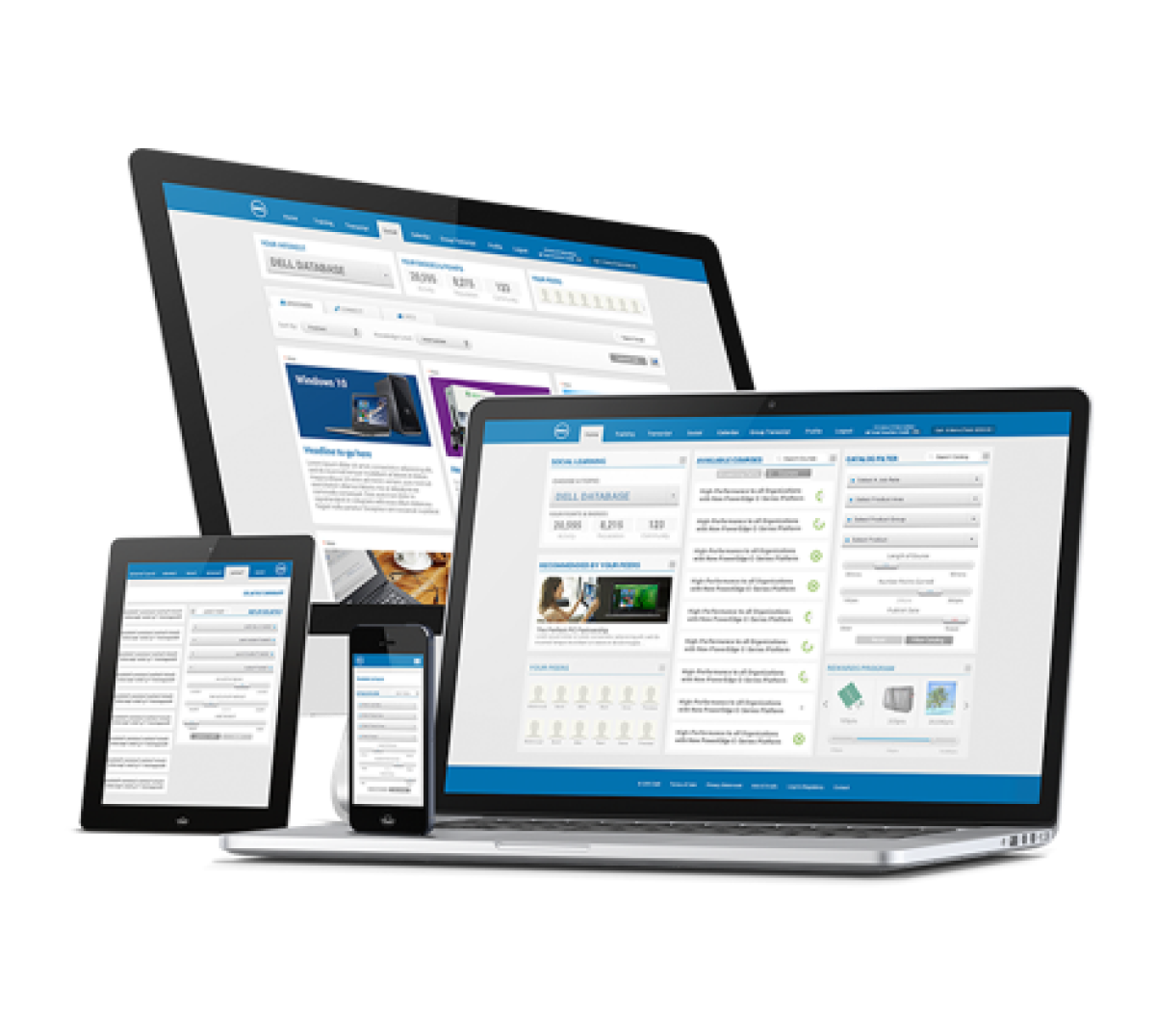
Guest post by Brian R. Brauer, Ed.D. and Ryan Snow, M.Ed

In this series of posts, we’ve considered the two most common and easiest levels of Kirkpatrick’s evaluation of training model- Reaction and Learning. Both are measures of a point in time right after training, which may not indicate long-term retention or applicability of the training content. That’s where the third level, Behavior, comes into play.
Behavior explores how training is applied back in the workplace. You went and learned a new skill. It’s novel, engaging, and cool, but how will you use it at work?
If training isn’t transferring to the workplace, you’ll need to explore what barriers are in place. If the employee can perform the skill, do they have the right equipment to employ it safely and effectively? Are there limitations because not enough team members have been trained? Or, are some more seasoned and salty team members reluctant to allow the members who attended training to try something different in the workplace because it’s not “how it’s always been done?”
It’s more difficult to explore the transfer of learning at this level. A survey may be part of the solution, but it’s not a stand-alone and complete solution like a survey was for the first two levels. Assessment of this level may require interviews, observations, and a more experienced researcher who can consider the myriad of causes that may be a barrier to implementation. However, to ensure that the expected return on investment from the training program has happened, the Behavior level needs to be assessed. Once level 3 is assessed, it’s time to look at the fourth and final level in Kirkpatrick’s model- Results.
Book a Demo
Experience how NetExam LMS+ can supercharge your training operations and boost your customer and partner retention. Enter your email address and we’ll connect you with the right person.


